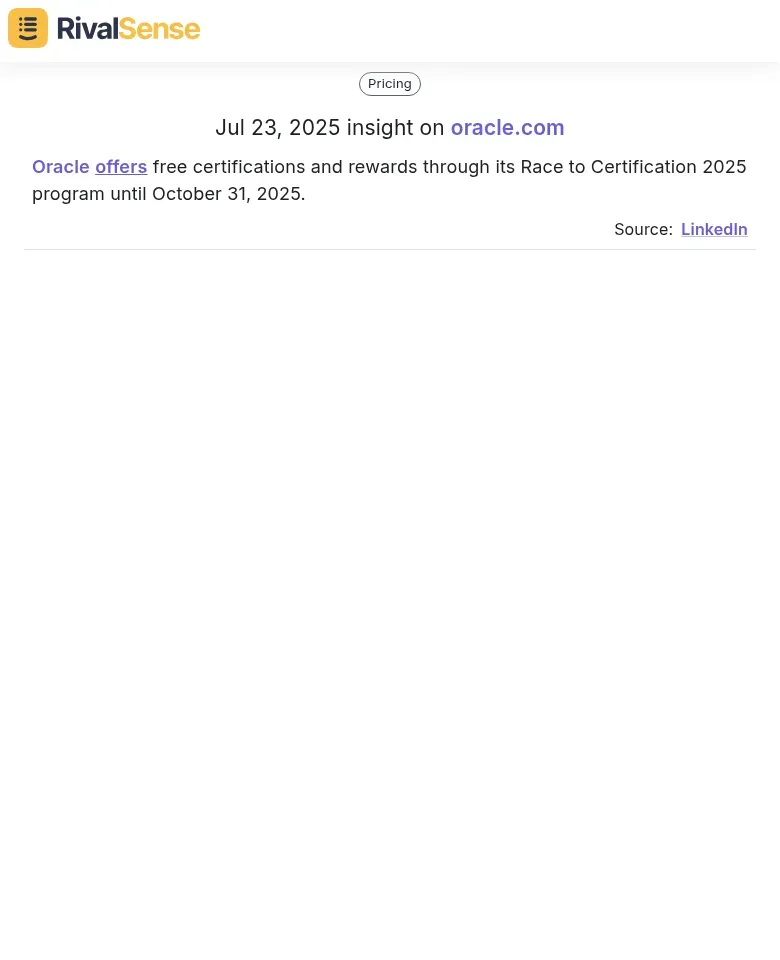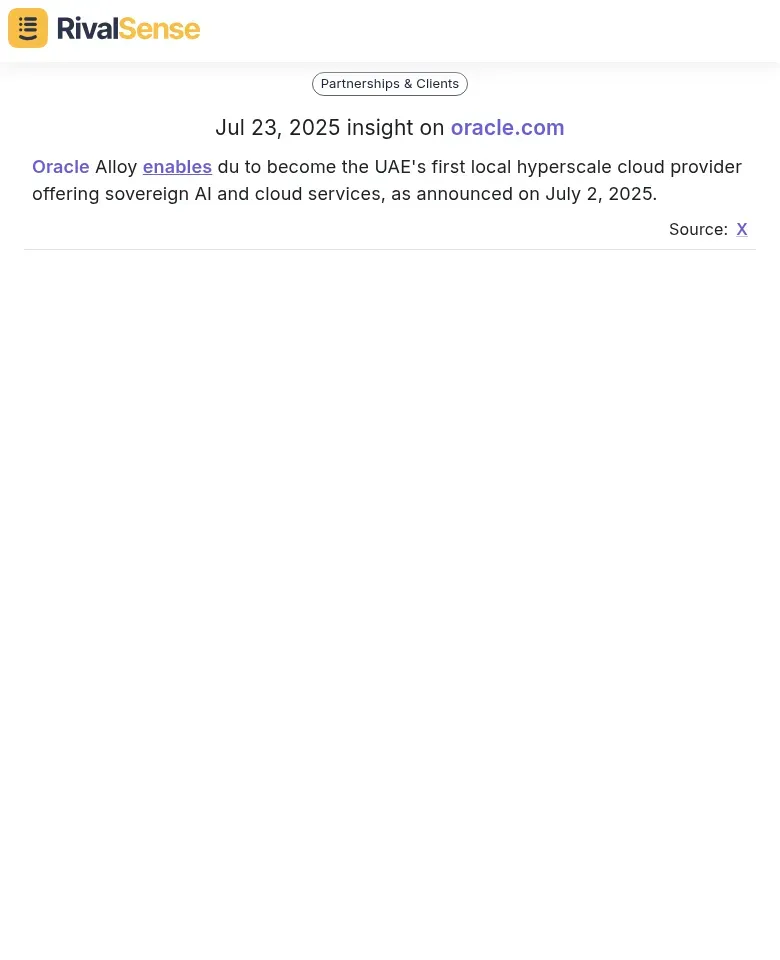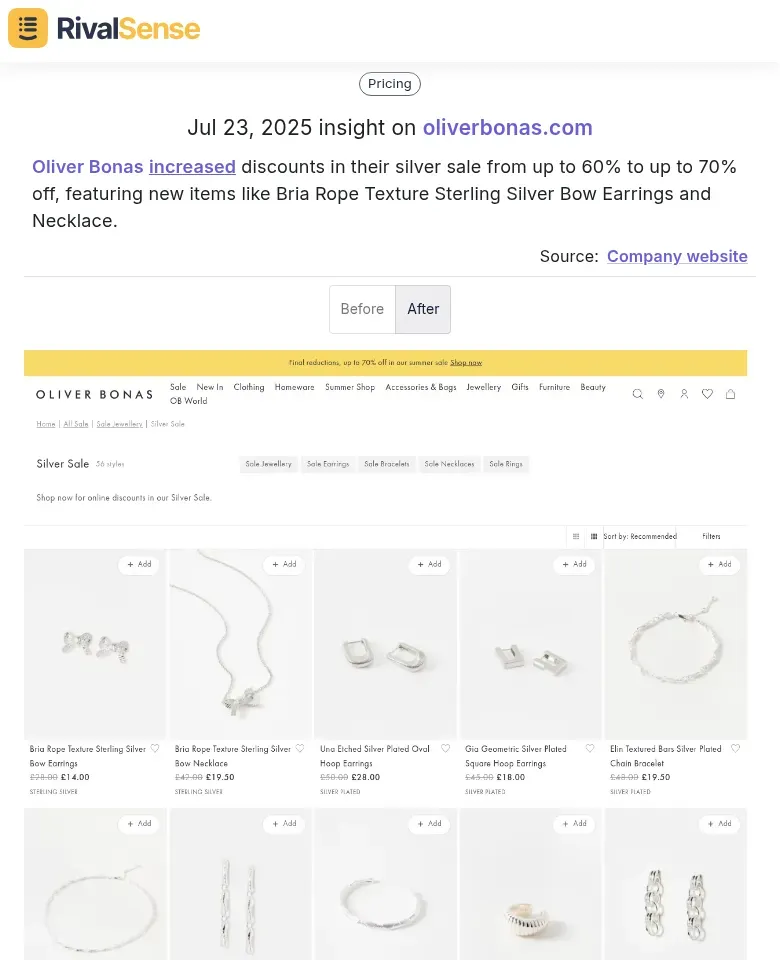Telehealth Benchmarking: Actionable Strategies to Outperform Competitors
The telehealth market is undergoing rapid consolidation, with projections showing explosive growth from $35.51 billion in 2024 to $893.7 billion by 2032. In this dynamic landscape, relying on intuition or outdated metrics jeopardizes business sustainability. Competitor performance tracking has become mission-critical for maintaining market positioning.
Digital health interventions demand specialized KPIs that traditional healthcare systems don't capture. Metrics around clinical outcomes, technical reliability, patient satisfaction, and cost-effectiveness require tailored approaches. This complexity intensifies when evaluating cross-platform journeys and virtual consultation efficacy.
Quick Implementation Checklist:
- Establish baseline metrics for teleconsultation volume, completion rates, and patient retention
- Track competitor pricing models and service expansion patterns
- Monitor technical performance indicators (latency, uptime, user experience)
- Benchmark patient satisfaction scores against industry leaders
- Analyze referral patterns and care pathway efficiency
This case study provides a comprehensive benchmarking framework combining clinical, operational, and strategic analyses to navigate market consolidation while upholding care standards.
Case Study Overview: Market Leaders vs. Emerging Players
Our 18-month study examined 12 telehealth companies using a three-tier methodology based on market cap ($100M+), user base (50K+ patients), and geographic coverage. Participants included Market Leaders (Teladoc, Amwell), Growth-Stage Players (PlushCare), and Emerging Disruptors with niche care models.
Distinct positioning strategies emerged: established players leveraged enterprise partnerships while newcomers specialized in verticals like mental health. Market leaders held 60% share but demonstrated slower innovation than startups deploying AI diagnostics. We tracked competitive moves including pricing shifts and feature launches.
Practical Benchmarking Checklist:
• Define clear selection criteria before competitor identification
• Segment competitors by business model and market maturity
• Track both quantitative metrics and qualitative positioning shifts
• Monitor 12-18 month periods to capture seasonal variations
• Include both direct and adjacent competitors
• Document methodology for reproducible studies
Key Performance Indicators: What Metrics Matter Most in Telehealth
Identifying impactful metrics requires moving beyond vanity numbers to actionable intelligence. Patient Acquisition Cost (PAC) and Lifetime Value (CLV) reveal crucial efficiency gaps—leaders maintain $85-150 PAC with 3.2x CLV ratios. Platform performance benchmarks like session completion rates above 92% signal superior UX.
Monitoring competitor initiatives provides strategic foresight. For example, tracking Oracle's free certification program reveals engagement strategies that influence customer acquisition:

Why valuable: Programs like Oracle's Race to Certification highlight competitor investments in customer loyalty—critical intelligence for refining your own engagement models.
Competitive Intelligence Action Plan:
✓ Track competitors' provider job postings
✓ Analyze insurance partnership announcements quarterly
✓ Monitor pricing page changes for bundling shifts
✓ Benchmark patient review sentiment monthly
✓ Measure response times during peak hours
Competitive Intelligence Findings: Performance Gaps and Opportunities
Significant disparities emerged across providers, revealing actionable opportunities. Market leaders achieve 40-60% higher revenue per user through tiered pricing, while mid-tier players lose revenue with flat-rate models. First movers in AI diagnostics capture 25% more market share within a year.
Partnership announcements signal strategic shifts, as seen in Oracle's UAE hyperscale cloud expansion. Tracking such moves helps anticipate market repositioning:

Why valuable: Moves like Oracle Alloy enabling sovereign cloud services reveal geographic and technological expansion patterns—essential for anticipating competitive threats.
Competitive Intelligence Checklist:
✓ Monitor pricing changes monthly
✓ Track feature rollout speeds
✓ Benchmark customer sentiment quarterly
✓ Analyze retention via app store data
✓ Map technology partnerships
Strategic Implications: Actionable Insights from Benchmarking Data
Benchmarking exposes three strategic opportunities for telehealth providers. Competitor weaknesses in specialty care integration (23% lower satisfaction) create positioning gaps. Resource allocation should target high-ROI areas like customer support, where competitors average 4.2-hour response times.
Pricing adjustments offer quick wins, as demonstrated by retailers like Oliver Bonas increasing discounts strategically. Such tactical shifts directly impact customer retention:

Why valuable: Tracking competitors' discount changes—like Oliver Bonas boosting silver sale discounts—provides real-time intelligence for optimizing your promotional strategies.
Actionable Checklist:
✓ Audit performance against top-quartile benchmarks
✓ Exploit 2-3 competitor weaknesses within 90 days
✓ Reallocate 15-20% budget to outperform strengths
Implementation Framework: Building Your Telehealth Benchmarking System
Effective benchmarking requires integrating monitoring tools, internal KPI alignment, and executive reporting. Start with competitive intelligence platforms like RivalSense that automate tracking across websites, social media, and registries. Combine this with market research databases and financial data sources.
Internal KPI Alignment Steps:
- Map competitor metrics to internal capabilities (PAC, session completion)
- Establish baseline measurements
- Create performance gap analysis
- Set improvement targets based on competitive positioning
Executive Dashboard Essentials:
• Real-time competitive positioning alerts
• Performance variance notifications
• Strategic opportunity identification
• ROI tracking for competitive insights
Pro Tip: Conduct weekly leadership briefings focusing on patient acquisition trends, service innovations, and market positioning changes. Companies using systematic benchmarking outperform rivals by 12% in acquisition and 18% in revenue growth.
Accelerate Your Competitive Edge
Telehealth leaders who institutionalize competitor tracking gain decisive advantages in this consolidating market. For automated insights into rival moves—from pricing shifts to partnerships—try RivalSense free today. Get your first competitor report and transform intelligence into strategy: https://rivalsense.co/
📚 Read more
👉 How Real-Time Product Refresh Alerts Transformed Lawcris' Competitor Strategy
👉 LinkedIn Trends: Competitive Differentiation Insights for B2B Leaders
👉 5 Actionable Strategies to Outpace Competitor Innovations in Auto Parts
👉 5 Actionable Strategies to Analyze Competitor Product Offerings
👉 Maersk's Branded Containers Land in Nigeria: Tracking Strategic Milestones
